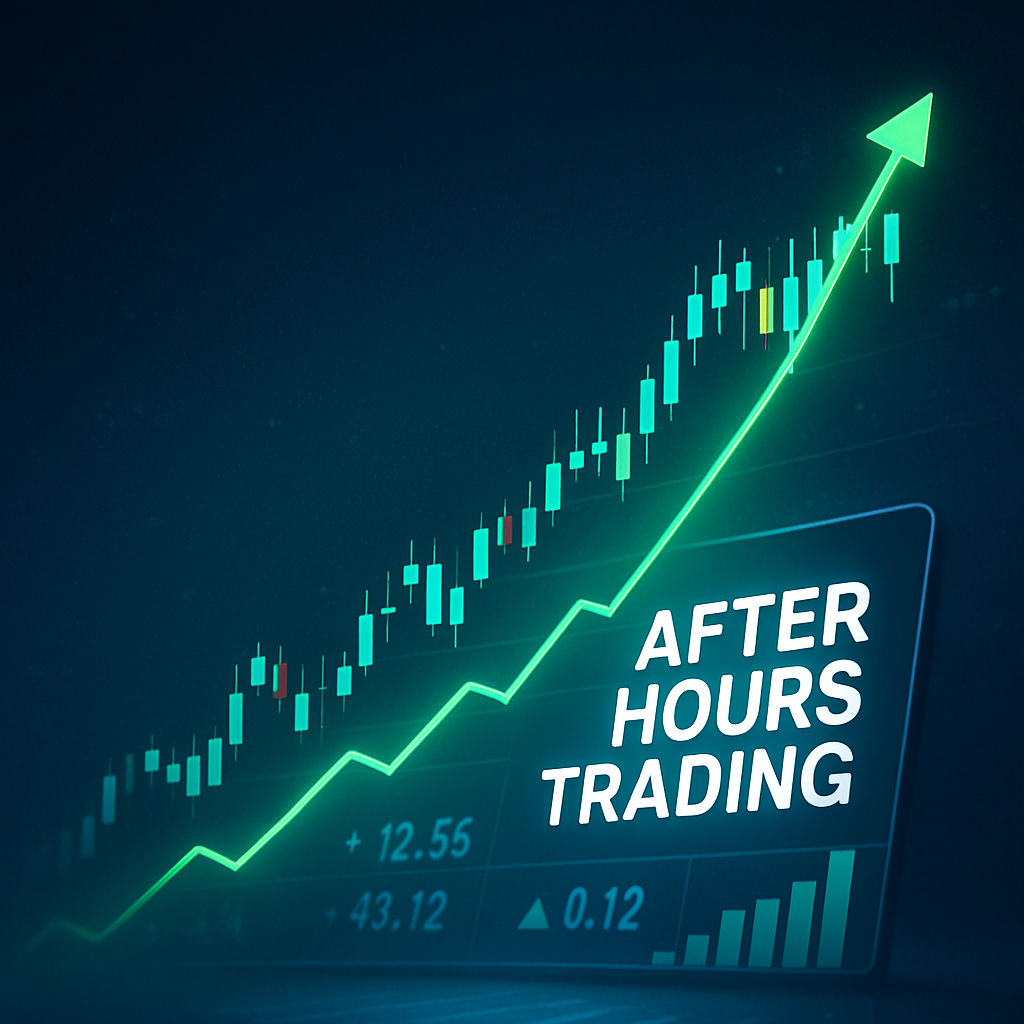Nvidia (NVDA) has become one of the most closely watched stocks in the world. With its dominance in AI chips, explosive revenue growth, and constant media attention, NVDA often experiences major price swings after normal trading hours.
For many investors, the biggest moves don’t always happen between 9:30 a.m. and 4:00 p.m. ET — they happen after the bell.
Here’s why Nvidia often sees significant price movement in after-hours trading, what drives the volatility, and what investors should monitor.
What After-Hours Trading Is
After-hours trading takes place outside the regular session using ECNs (electronic communication networks).
Typical extended hours include:
• 4:00 p.m. – 8:00 p.m. ET (after the close)
• 4:00 a.m. – 9:30 a.m. ET (premarket)
During these periods:
• Volume is lower
• Liquidity is limited
• Spreads are wider
• Price swings are more extreme
This environment amplifies Nvidia’s reactions to breaking news.
Why Nvidia Earnings Move the Stock After the Close
Nvidia usually releases its earnings after the market closes — often generating some of the most dramatic moves of the quarter.
Earnings hit NVDA especially hard due to:
• High expectations around AI chip revenue
• Data center demand signals
• Guidance surprises
• CEO commentary
• Broader AI market sentiment
Traders react immediately after the bell, causing sharp spikes.
How AI and Tech News Creates Fast After-Hours Reactions
Nvidia is the market’s primary indicator for AI momentum.
After-hours volatility can be triggered by:
• AI regulatory updates
• Microsoft, Google, Meta earnings
• New AI partnerships
• GPU supply or delay news
• Taiwan semiconductor developments
• Geopolitical events affecting chip production
Sentiment shifts instantly — regardless of whether the market is open.
Why Institutional Orders Hit After the Market Closes
Fund managers often place large trades after hours to avoid affecting daytime price action.
This can include:
• ETF rebalancing
• Portfolio adjustments
• End-of-day hedging
• Buybacks
• Options-related flows
Nvidia’s size in major indices makes it especially sensitive to these trades.
How Options Activity Drives After-Hours Volatility
Nvidia is one of the most actively traded options tickers.
After-hours volatility often comes from:
• Market makers rebalancing delta
• Gamma squeeze unwinds
• Weekly/monthly expirations
• Overnight hedging adjustments
Many of NVDA’s sharp evening moves are options-driven, not news-driven.
Why Competitor Announcements Move NVDA Instantly
News from competitors frequently drops after the close.
Examples that impact Nvidia include:
• AMD launching new AI chips
• Intel issuing weak guidance
• TSMC revealing production updates
• Amazon or Microsoft adjusting GPU spending
As the leader of the AI trade, Nvidia reacts immediately.
How Retail Traders Amplify Evening Price Swings
Retail traders love Nvidia — and their activity is highest after hours.
Typical after-hours behavior includes:
• Emotion-driven buying and selling
• Social media–driven momentum
• Sharp moves caused by low liquidity
Thin markets + high emotions = large price swings.
How Market Makers Adjust Their Positions in the Evening
Market makers rebalance positions after close to reduce overnight risk.
This includes:
• Selling to cut exposure
• Buying to offset gamma
• Repricing spreads
• Adjusting inventory allocations
Sometimes these flows alone create unexpected volatility.
What Investors Should Monitor
To understand after-hours movement in NVDA, track:
- Earnings dates and guidance expectations
- Big Tech earnings (MSFT, META, GOOGL, AMZN)
- Options open interest and flow
- AI sector headlines
- Semiconductor supply chain news (TSMC, ASML, Samsung)
Conclusion: Nvidia Moves After Hours Because It Is the Market
Nvidia isn’t just another technology stock — it is the centerpiece of the global AI narrative.
Every:
• Earnings release
• News headline
• Competitor announcement
• Options cycle
• Institutional order
…creates immediate after-hours volatility.
As long as Nvidia remains the driving force of the AI boom, the most dramatic price moves will continue to happen after the bell.







